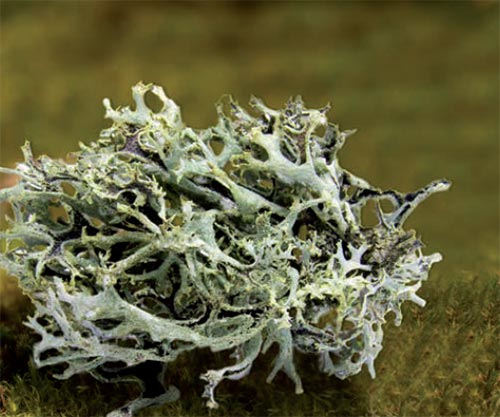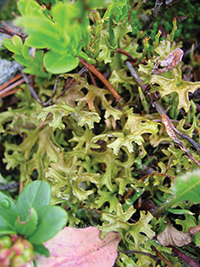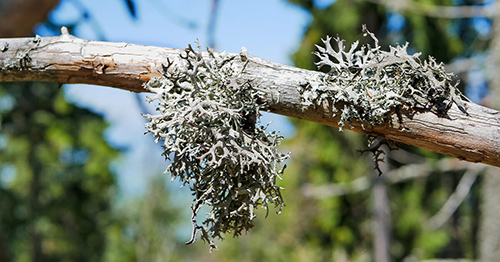Contents
Iceland moss does not have leaves or roots and is a true example of a surviving species. It adapts to cold and dry climates and can remain latent for more than one year.

Northern Scandinavian Laplanders have used this moss from ancient times. The great Swedish botanist Linnaeus recommended it in the 18th century as a medicinal herb.
Healing Properties and Indications
The plant contains cetraric acid, which gives it aperitif and stimulating properties; as well as a high amount of mucilage to which it owes its emollient (soothing) properties, and other substances such as usnic acid, which, being active in-vitro against mycobacteria that cause tuberculosis, explain the antibiotic properties of the plant. The indications and properties of Iceland moss are the following:
- Expectorant, antitussive, and pectoral: In the case of bronchitis, catarrh, asthma, tracheitis, and laryngitis, the plant gives excellent results.
- Antitubercular: Iceland moss is recommended as a complementary remedy to treat pulmonary tuberculosis.
- Antiemetic: It helps stop persistent vomiting during pregnancy.

Iceland Moss Scientific Facts

- Other names: Eryngo-leaved liverwort.
- French: Mousse d’Islande.
- Spanish: Liquen de Islandia.
- Environment: It grows in coniferous forests and acidic mountain lands in northern Europe and America.
- Description: A linchen or moss five to ten cm long, of the Cetrariaceae family, with a light brown stem deeply divided into unequal lobules.
- Parts of the plant used medicinally: The dried thallus (the body of the lichen).
How to use Iceland Moss
- Decoction with 10-20 g per liter of water, boiling for two minutes. Change the water to eliminate its sour flavor, then cook again in one and a half liters until it reduces to one liter. Drink three or four cups a day, hot, sweetened with honey.
DISCLAIMER: All content on this website is presented solely for educational and informational objectives. Do not rely on the information provided as a replacement for advice, diagnosis, or treatment from a qualified medical expert. If you are pregnant, nursing, or have any preexisting medical concerns, talk to your doctor before using any herbal or natural medicines.
REFERENCES
- George D. Pamplona-Roger, M.D. “Encyclopedia of Medicinal Plants.” George D. Pamplona-Roger, M.D. Encyclopedia of Medicinal Plants. Ed. Francesc X. Gelabert. Vols. 1 San Fernando de Henares: Editorial Safeliz, 2000. 300. Print.
- PubMed https://pubmed.ncbi.nlm.nih.gov/
- WebMD: https://www.webmd.com/vitamins/ai/ingredientmono-516/iceland-moss
- European Medicines Agency https://www.ema.europa.eu/en/documents/herbal-summary/iceland-moss-summary-public_en.pdf
